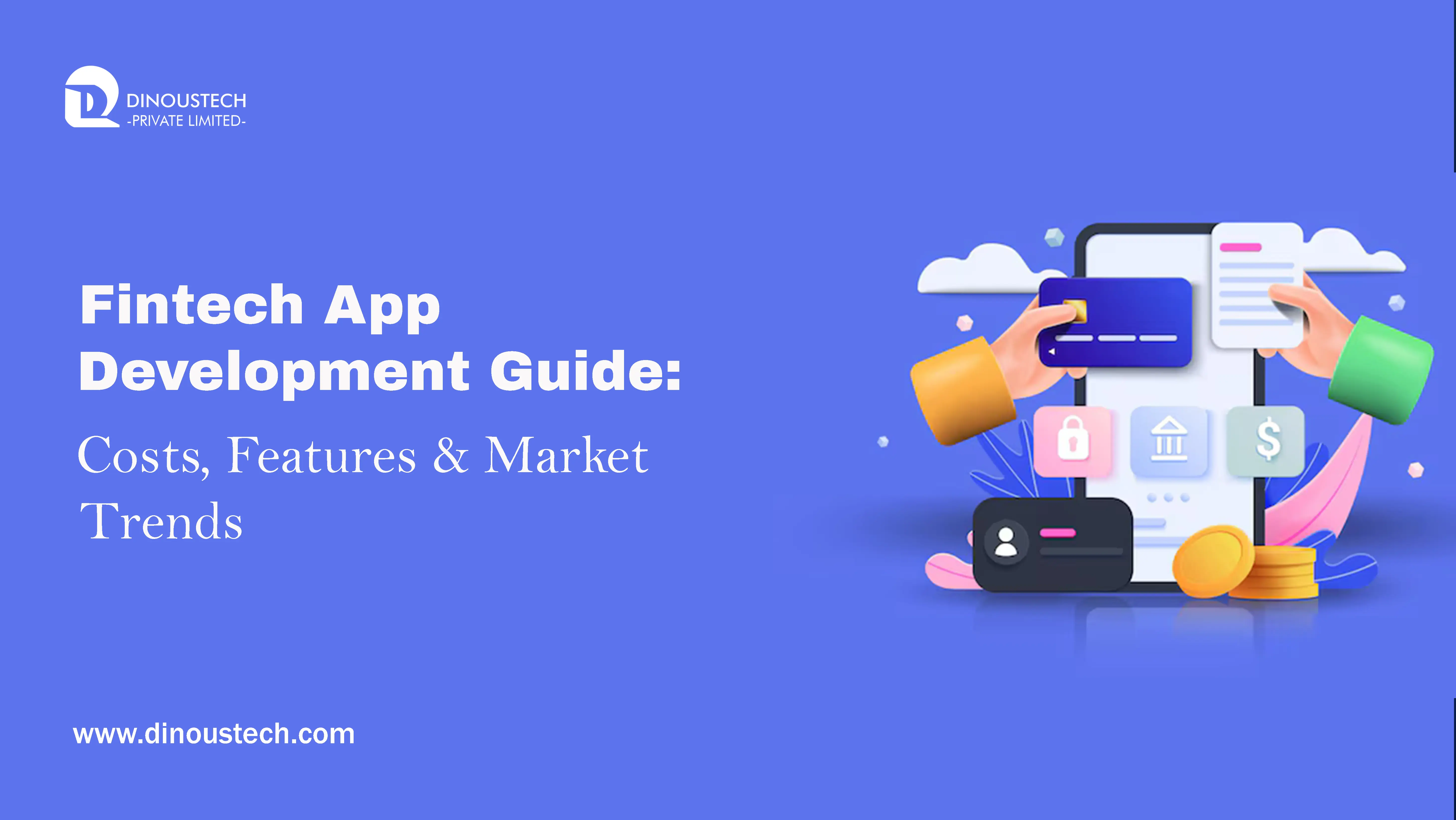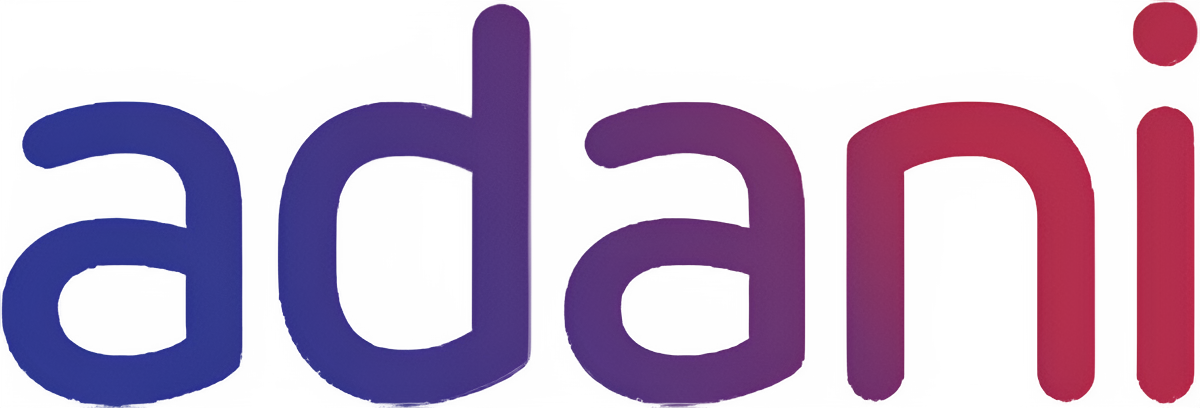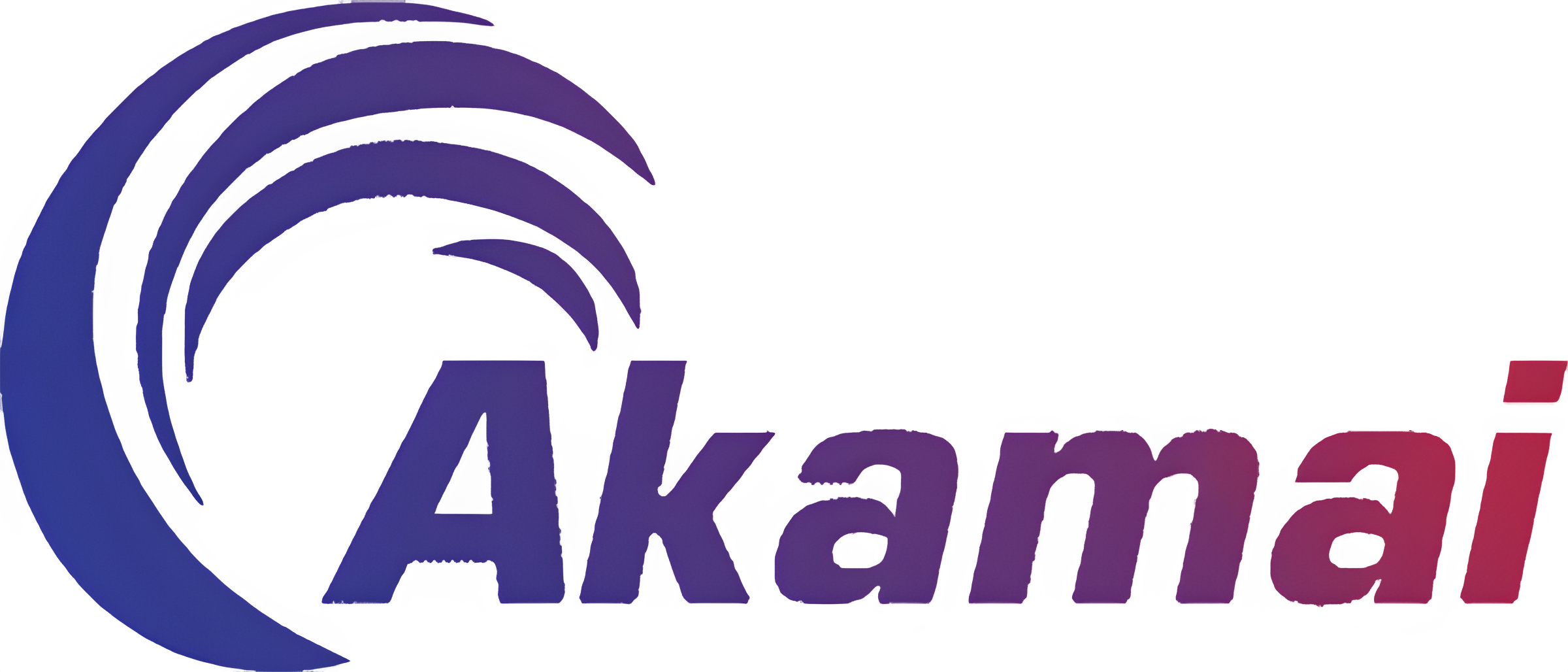Fintech App Development Guide: Costs, Features & Market Trends

The global fintech market is projected to grow from US $206.8 billion in 2024 to US $258.8 billion by 2025, driven by digital payments, open banking, and AI-powered services. Building a robust fintech app requires integrating features such as real-time transactions, secure authentication, data analytics, and seamless payment gateway integration. Costs vary widely: a basic payment or wallet app can cost US $50,000–150,000, while complex platforms with AI, blockchain, and regulatory compliance may exceed US $300,000. Emerging trends—AI/ML, open banking, blockchain, and biometric security—are reshaping user expectations and technical architectures. Adopting microservices and cloud-native designs ensures scalability and resilience, while strict adherence to financial regulations and best practices in security maintains user trust. Partnering with an experienced development team whether a specialist fintech app development company or fintech software development company—is crucial to balance innovation, cost, and compliance.
Fintech Market Trends and Opportunities
The fintech sector continues to disrupt traditional finance through innovative services and technology-driven user experiences. Key market trends include:
- AI and Machine Learning: The AI in fintech market is expected to grow at a CAGR of 16.5%, reaching US $41.16 billion by 2030. AI enables personalized financial advice, automated fraud detection, and credit scoring.
- Open Banking: Europe’s Open Banking adoption is set to double by 2027, with over 22 million payments made monthly, driven by PSD2 compliance.
- Blockchain and Crypto: Blockchain use cases—ranging from DeFi to tokenized assets—are expanding, with stablecoins and decentralized exchanges maturing as core infrastructures.
- Embedded Finance: Non-financial platforms embed payment and lending services directly into user journeys, creating seamless financial touchpoints.
- Regulatory Technology (RegTech): The RegTech market is evolving to streamline compliance, with solutions for KYC, AML, and risk management improving operational efficiency.
These trends create vast opportunities for new entrants and incumbent financial institutions to innovate and capture market share.
Also Read: - The Future of Fintech App Development: Trends to Watch in 2025
Essential Features of a Fintech App
- Secure User Authentication:
Multi-factor authentication, biometric logins, and device fingerprinting ensure only authorized access.
- Real-Time Payment Processing:
Instant payments, real-time balance updates, and support for multiple payment rails (cards, ACH, blockchain) enhance user satisfaction.
- Account Aggregation & Open Banking:
APIs connect to multiple banks and financial institutions, offering unified dashboards of user assets and liabilities.
- AI-Driven Insights:
Machine-learning models deliver personalized budgeting tips, credit risk assessments, and investment recommendations.
- Transaction Monitoring & Analytics:
Detailed dashboards allow users to categorize spending, set financial goals, and receive alerts on unusual activity.
- Investment & Wealth Management:
Robo-advisory platforms automate portfolio allocation based on risk profiles and market conditions.
- Peer-to-Peer (P2P) Transfers:
Simple flows for sending money to contacts, with social features like split-the-bill and group payments.
- Regulatory Compliance Modules:
Built-in KYC/AML workflows, secure document uploads, and audit trails ensure adherence to global regulations.
- Customer Support & Chatbots:
AI chatbots handle routine queries, while live chat connects users with support agents.
- Seamless Onboarding:
Interactive tutorials and automated data pre-fills (via bank linking or identity verification) reduce friction.
Architecture & Technology Stack
Modern fintech apps demand architectures that prioritize scalability, security, and maintainability. A recommended stack includes:
- Microservices & Containerization: Independent services for authentication, payments, analytics, and notifications, deployed via Docker and orchestrated with Kubernetes.
- API Gateway & Service Mesh: Centralized routing, authentication, and observability using tools like Istio or Kong.
- Databases:
- Relational (PostgreSQL/MySQL): For transactional data (user accounts, KYC records).
- NoSQL (MongoDB/Cassandra): For high-velocity event logs and session data.
- Cache (Redis): For real-time balance lookups and rate-limiting.
- Event Streaming: Kafka or RabbitMQ handle asynchronous tasks like notification dispatch and ledger updates.
- Frontend Frameworks:
- Mobile: React Native or Flutter for cross-platform efficiency.
- Web: React.js or Angular for responsive web dashboards.
- Security Layers: TLS 1.3 for transport encryption, HSMs for key management, and tokenization for sensitive data.
- DevOps & CI/CD: Infrastructure as code (Terraform), continuous testing (SAST/DAST), and automated deployments to ensure rapid, reliable releases.
Must Read: - Top 6 Fintech App Development Companies in India - 2025
Cost Considerations
The Mobile app development cost for fintech apps depends on complexity, region, and team structure:
| App Complexity | Estimated Cost (USD) |
|---|
| Basic Payment App | $50,000–$100,000 |
| Mid-Tier Fintech Platform | $100,000–$300,000 |
| Enterprise-Grade Solution | $300,000+ |
Major Cost Drivers
- Security & Compliance: Implementing PCI DSS, KYC/AML, and encryption adds 20–30% to development time.
- Third-Party Integrations: Banking APIs, payment gateways, and market data feeds vary in licensing fees and implementation effort.
- AI & Data Analytics: Building and training ML models requires specialized talent.
- UX/UI Complexity: Custom animations, AR components, and accessibility features intensify design and front-end costs.
Engaging an affordable software development company can reduce overhead while maintaining quality, particularly when leveraging offshore or nearshore teams.
Emerging Trends & Innovations
- Embedded Finance: Retailers and platforms embed financial services—credit, insurance, payments—directly into non-financial apps, creating new revenue streams.
- Regenerative AI: Advanced AI not only analyzes data but also generates personalized content—financial advice, tax optimizations, and scenario planning.
- Decentralized Finance (DeFi): Open protocols for lending, borrowing, and trading assets without centralized intermediaries are growing in appeal, despite regulatory scrutiny.
- Biometric Security: Face and voice recognition, coupled with behavioral analytics, are becoming standard to prevent fraud without burdening users.
- Quantum-Safe Cryptography: Preparing for future threats by adopting post-quantum algorithms ensures long-term data protection.
Development Best Practices
- Start with an MVP: Focus on core features—authentication, payments, data dashboards—to test market fit quickly.
- Adopt Agile Methodologies: Two-week sprints, continuous feedback loops, and iterative releases accelerate time to market.
- Prioritize Security from Day One: “Security as code” ensures encryption, logging, and compliance checks are embedded in CI/CD pipelines.
- Implement Comprehensive Testing: Unit, integration, security, and performance tests catch issues early.
- Plan for Scalability: Design for horizontal scaling, database sharding, and stateless services.
- Invest in Observability: Use Prometheus, Grafana, and ELK stacks to monitor system health and user behavior.
Also Read: - Cost to Develop a Home Service App Like Urban Company in 2025
Maintaining and Scaling
Post-launch, fintech apps must evolve to meet user needs and regulatory changes. Ongoing costs, managed by an affordable software maintenance company, typically run 15–20% of initial development budgets. Key activities include:
- Security Audits & Penetration Testing: Regularly identify and remediate vulnerabilities.
- Compliance Upgrades: Update KYC/AML workflows and privacy policies as laws evolve.
- Performance Tuning: Scale microservices and optimize database queries.
- Feature Iterations: Release new modules—loyalty programs, investment tools, or credit scoring—to stay competitive.
- User Feedback Integration: Analyze user behavior to refine UX and prioritize new features.
Choosing a Development Partner
Success hinges on a skilled team. Consider:
- fintech App Development Company: Look for specialists with a track record in fintech applications.
- Mobile app development company: For native or cross-platform mobile excellence.
- Affordable software development company: To manage budgets without sacrificing quality.
- Custom Website Design Company and Affordable web development services: For complementary web portals and dashboards that integrate seamlessly with mobile apps.
- Affordable software maintenance company: For reliable post-launch support.
Repeat partnerships—engaging fintech app development company and fintech Software Development Company—ensure continuity, domain mastery, and long-term innovation.
Conclusion
Building a fintech application today requires a blend of cutting-edge technology, stringent security standards, and deep regulatory understanding. The evolving mobile app development cost landscape demands strategic budgeting and expert execution. Partnering with seasoned fintech App Development Company and fintech Software Development Company ensures that your project leverages best practices in microservices, AI, blockchain, and open banking. Complement your mobile strategy with web solutions from a Custom Website Design Company or Affordable web development services, and secure ongoing updates with an affordable software maintenance company. By following this guide—focused on market trends, essential features, architectures, cost structures, and partnership models—you can navigate the complexities of fintech app development and deliver a robust, compliant, and user-centric financial platform.

















